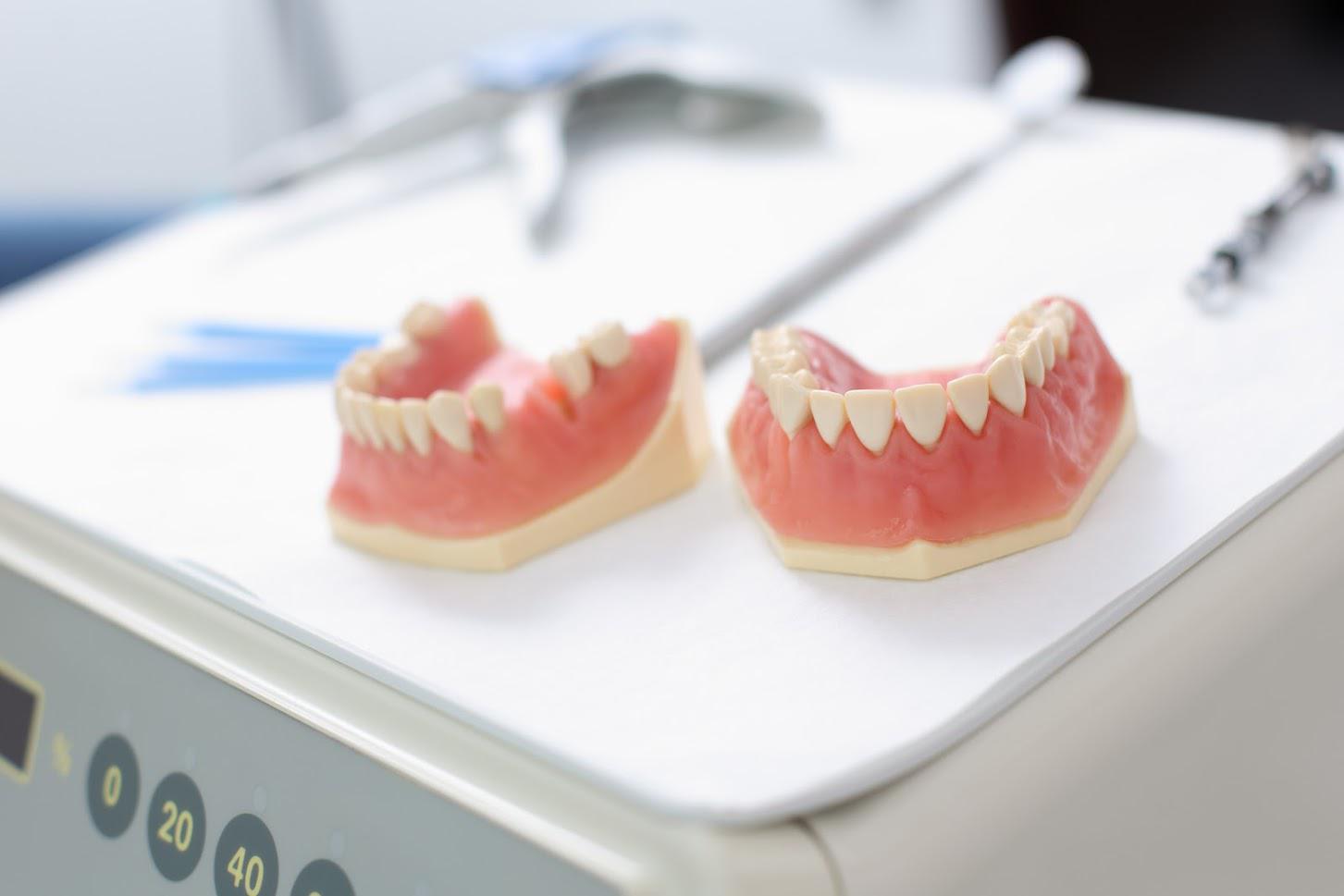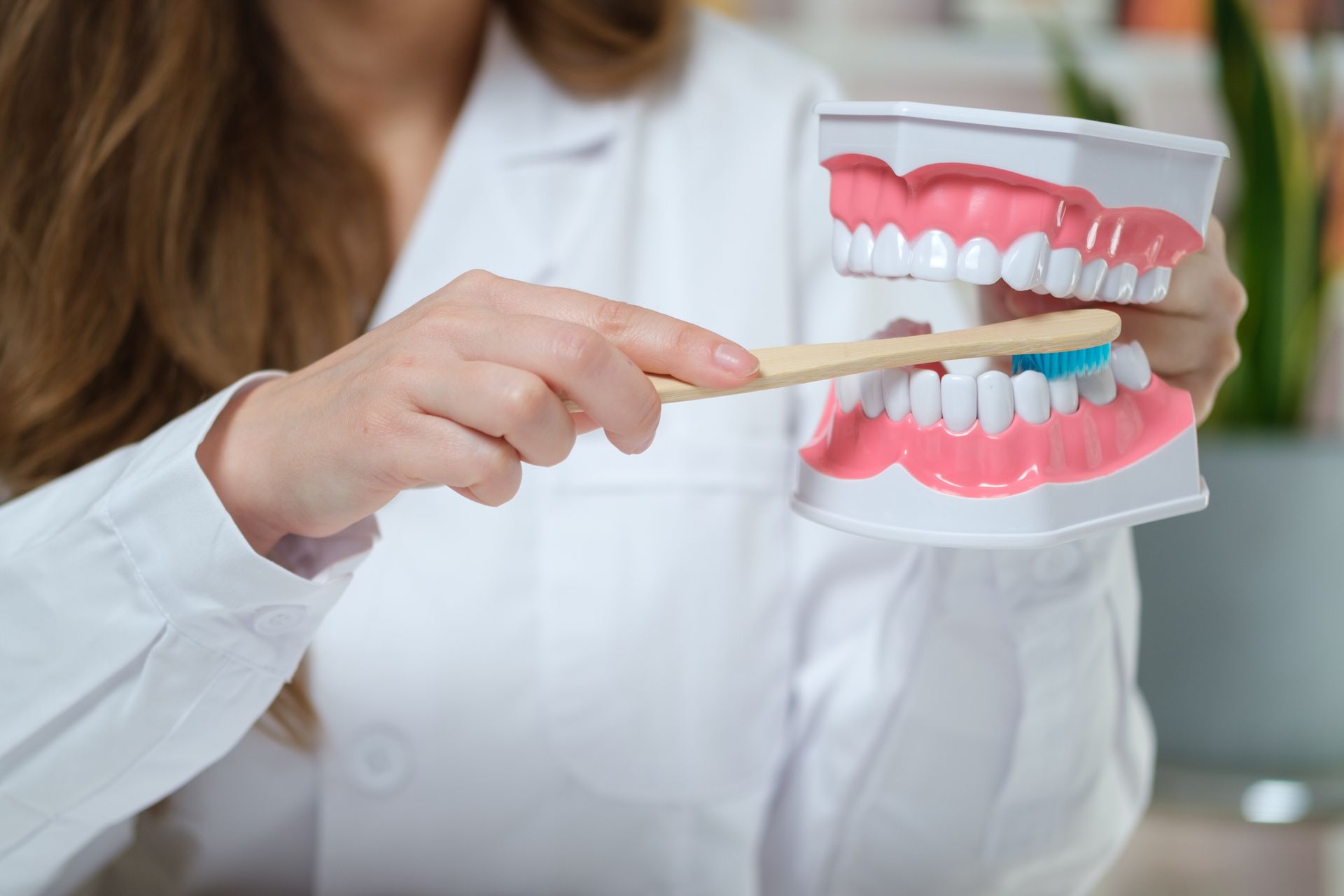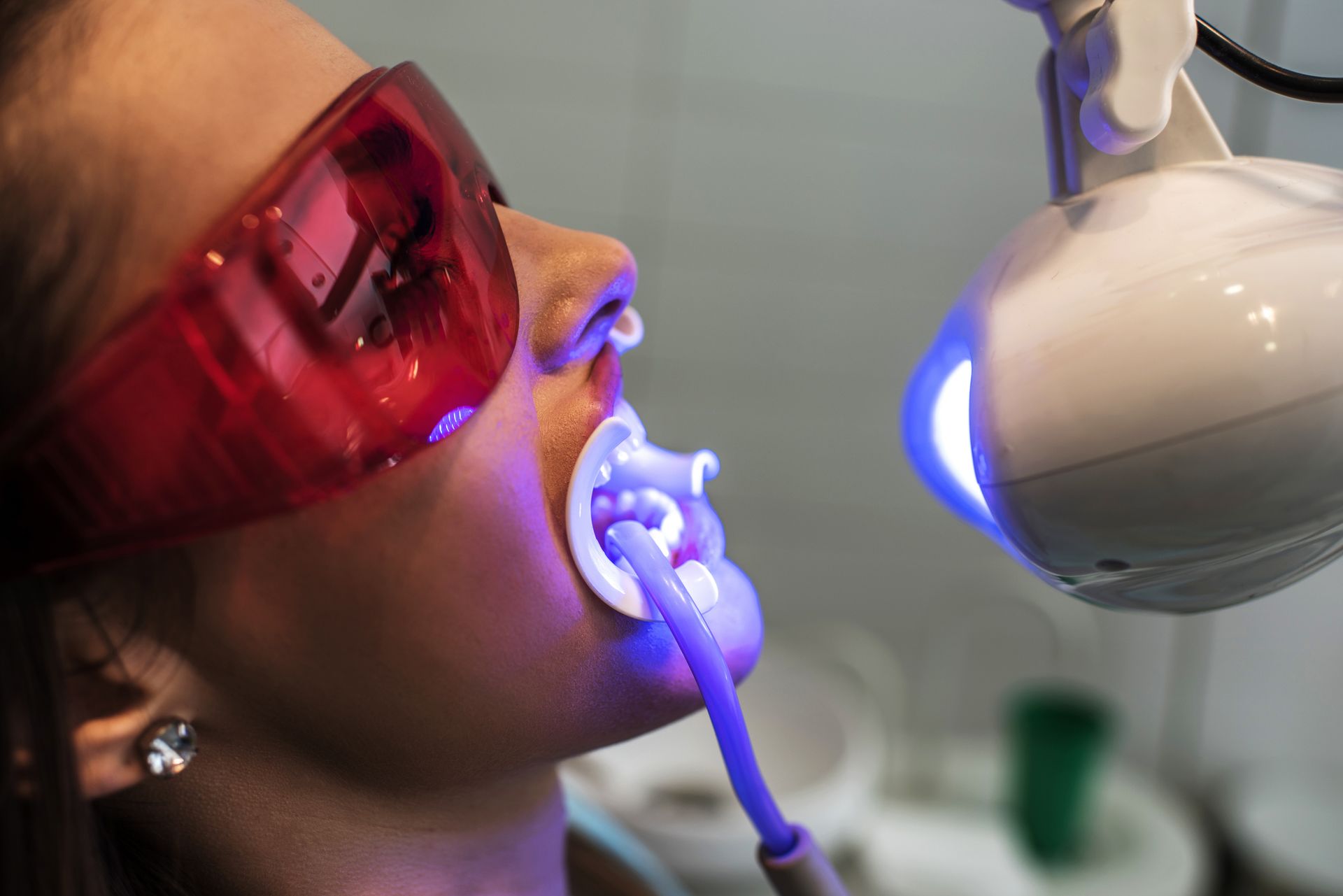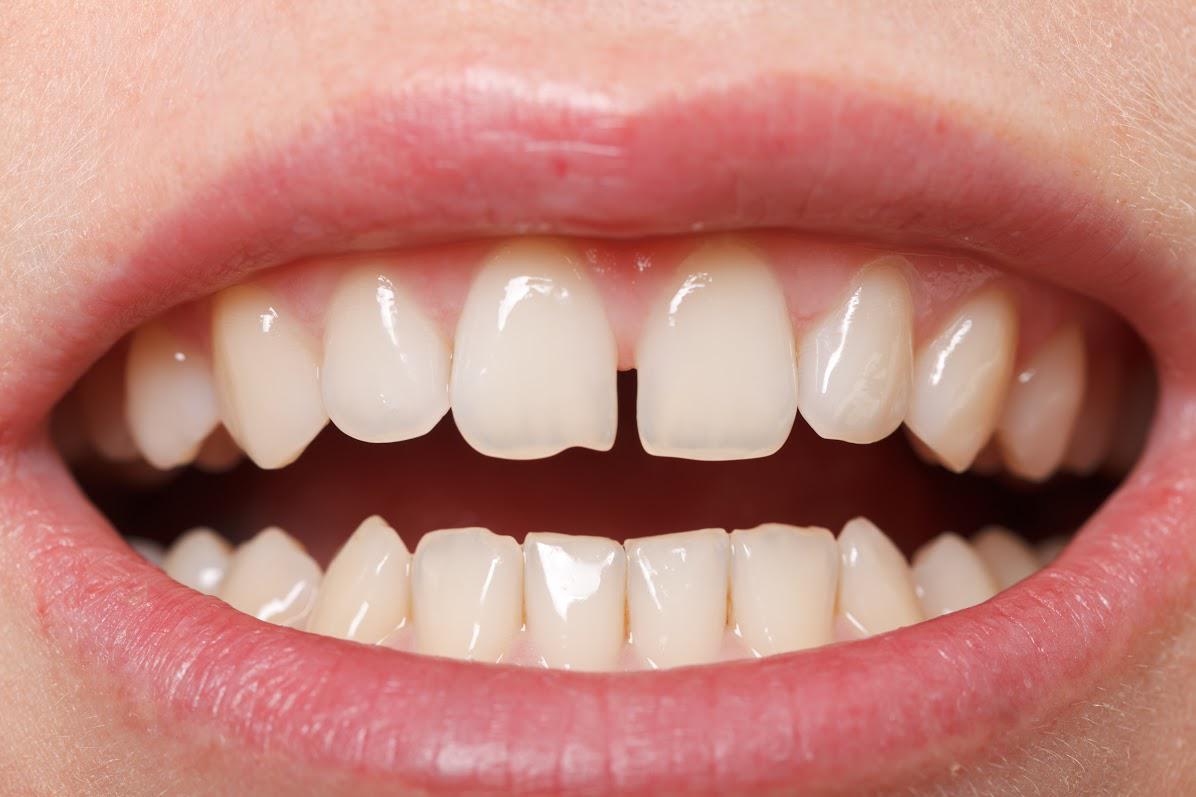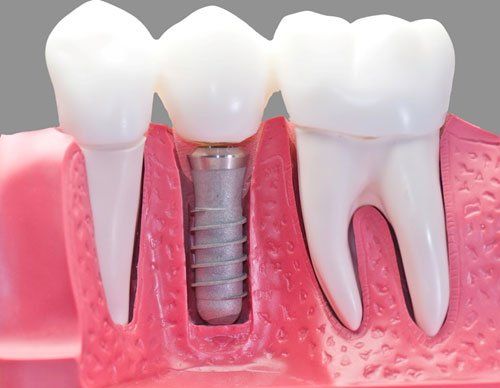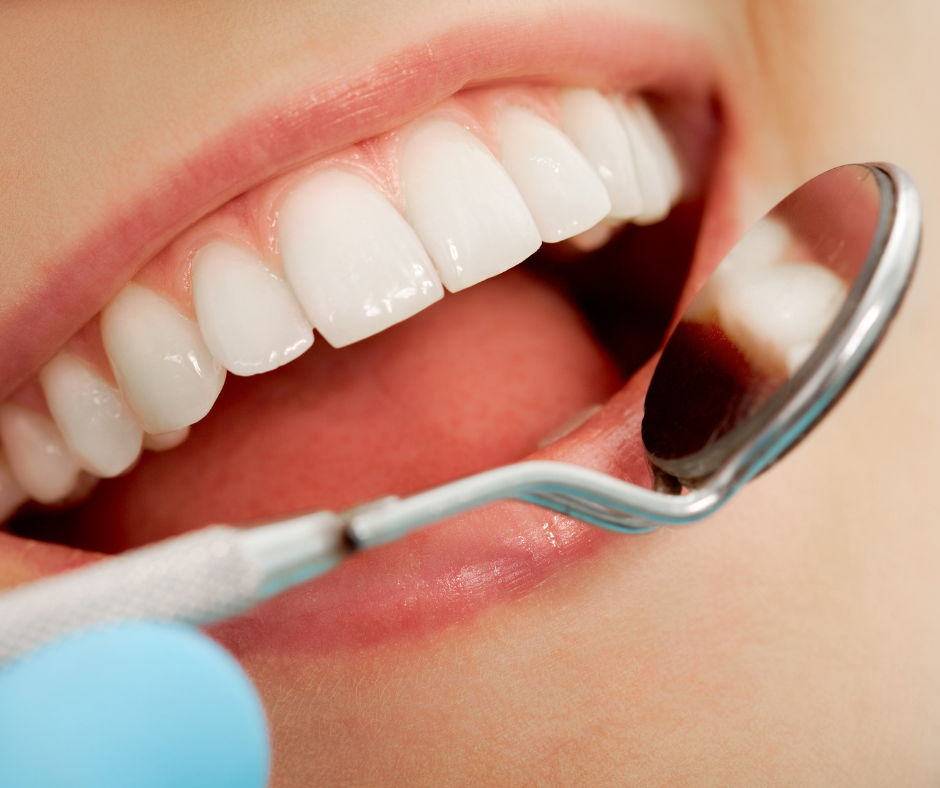Should You Choose a Dental Crown or a Dental Implant?

Enamel is extremely hard. That is why your teeth can last a lifetime if you take care of them. But, thanks to modern dentistry, even if you break a tooth badly, you can save that tooth or even replace it. The two most common and reliable techniques to treat a badly broken tooth are dental crowns and dental implants. But how do you choose between them?
First, understand th at while dental crowns restore badly damaged teeth, dental implants replace badly damaged teeth. So you need to decide if your tooth can be saved or not.
If you are not sure whether you should restore your tooth with a crown or replace it with an implant, use the following advice as a guide.
Dental Crowns Need Tooth Structure
The first thing to look for when deciding between a crown and a dental implant is remaining tooth structure. Dental crowns attach to what is left of broken teeth. Although crowns essentially sit over the top of broken teeth, they still require some remaining tooth structure to keep them stable and sturdy.
This means that if your tooth is broken to the gumline or very little tooth remains above the gumline, a dental crown will have very little structure to hold onto. Retaining the dental crown, in this case, will be difficult.
Dental Crowns Need Intact Roots
Dental crowns also require that the root of a broken tooth be intact. Sometimes, teeth can break below the gumline, with the damage extending into the root. A dentist will be able to determine if this is so via an X-ray. A stable and intact root will provide a solid foundation for a dental crown. But if the root is cracked, it will weaken over time. As such, root damage rules out dental crowns.
Dental Crowns Take Less Time to Prepare and Place
If you do have enough tooth structure and intact root remaining, then a dental crown is a good choice. Keeping your natural root will ensure that your jawbone remains strong. And one clear advantage of dental crowns is that they only take about three weeks to prepare, with usually only two dental visits.
As such, if you need to restore your tooth quickly, then a dental crown is a good option, provided you have enough tooth structure and the root is intact.
But if your tooth is too badly damaged, a dental implant is the best option.
Dental Implants Need Sufficient Bone
Dental implants are similar to natural teeth in that they have a root. The roots of dental implants are titanium, a metal biocompatible with the human body. But because the titanium posts screw into your jawbone, you need to have enough remaining bone available to accommodate them. If you have enough bone, your dental implant should heal within a short time.
Sometimes, if a tooth is in poor condition due to damage or decay, the bone surrounding the tooth begins to deteriorate. This spells the end for the tooth, but this also means that you do not have enough bone for a dental implant. In this case, you will need a bone graft before a prosthodontist can place the implant.
A bone graft will add several months onto your healing time, but once complete, your jawbone will be strong enough to accommodate an implant.
Do you need to repair or replace your broken tooth? Then you need an experienced and reliable dentist who specializes in crowns and dental implants. Call Gregory S. Rutherford, DDS, PA, and we will help you decide whether a crown or dental implant is the best option for your broken tooth.
